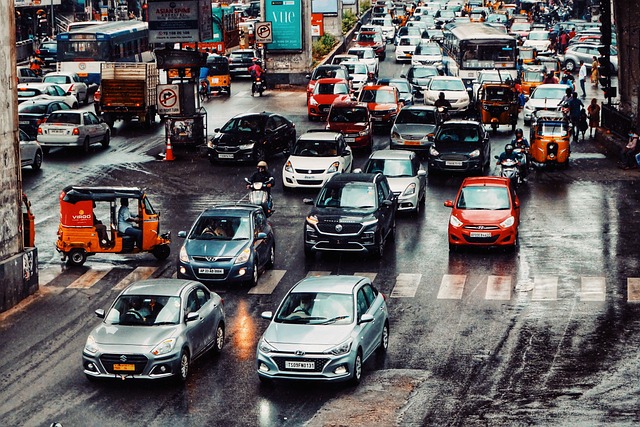Every time we step onto the road, whether as drivers, cyclists, or pedestrians, we become participants in a complex and interconnected system of transportation. Unfortunately, this system is not without risks, as traffic accidents continue to be a significant global concern. However, by prioritizing road safety and adopting preventative measures, we can collectively work towards reducing accidents and creating safer roads for everyone.
- Education and Awareness:
- A crucial aspect of accident prevention is educating individuals about road safety. Comprehensive awareness campaigns can highlight the importance of adhering to traffic rules, understanding road signs, and respecting the rights of all road users. Educational initiatives should target not only drivers but also pedestrians and cyclists to create a culture of shared responsibility.
- Defensive Driving Courses:
- Encouraging the completion of defensive driving courses can significantly enhance road safety. These courses teach drivers proactive skills to anticipate and respond to potential hazards, emphasizing the importance of staying focused, maintaining a safe following distance, and obeying speed limits.
- Strict Enforcement of Traffic Laws:
- Effective law enforcement is crucial for maintaining order on the roads. Regular and stringent enforcement of traffic laws, including speed limits, seatbelt usage, and adherence to traffic signals, serves as a deterrent to reckless behavior. Automated enforcement systems, such as speed cameras and red-light cameras, can contribute to a safer road environment.
- Infrastructure Improvements:
- Well-designed road infrastructure plays a vital role in preventing accidents. This includes the construction of safe pedestrian crossings, well-marked lanes, proper signage, and the implementation of traffic calming measures in residential areas. Improved road design enhances visibility and reduces the likelihood of collisions.
- Promoting Pedestrian Safety:
- Pedestrian accidents are a significant concern, and efforts should be made to create pedestrian-friendly environments. This involves constructing well-maintained sidewalks, crosswalks, and pedestrian overpasses. Educational campaigns can also remind pedestrians to use designated crossings and be vigilant about their surroundings.
- Advancements in Vehicle Safety:
- Vehicle safety technology has made tremendous strides in recent years. The promotion of safer vehicle design, including features such as airbags, anti-lock brakes, and electronic stability control, contributes to minimizing the severity of accidents. Additionally, the implementation of advanced driver-assistance systems (ADAS) can assist drivers in avoiding collisions.
- Promoting Responsible Behavior:
- Encouraging responsible behavior among all road users is fundamental to accident prevention. This includes discouraging distracted driving, such as texting or using a mobile phone while driving, and promoting responsible alcohol consumption to reduce the incidence of impaired driving.
- Community Involvement and Partnerships:
- Engaging communities in road safety initiatives fosters a sense of collective responsibility. Collaboration between government agencies, law enforcement, non-profit organizations, and local communities can lead to effective programs and campaigns that address specific road safety challenges in a given area.
Preventing traffic accidents and promoting road safety is a shared responsibility that involves individuals, communities, governments, and organizations. By adopting a proactive approach through education, enforcement, infrastructure improvements, and technological advancements, we can create a safer and more sustainable road environment. Let us strive towards a future where every journey, whether by foot, bicycle, or vehicle, is a safe and secure one for all road users.
